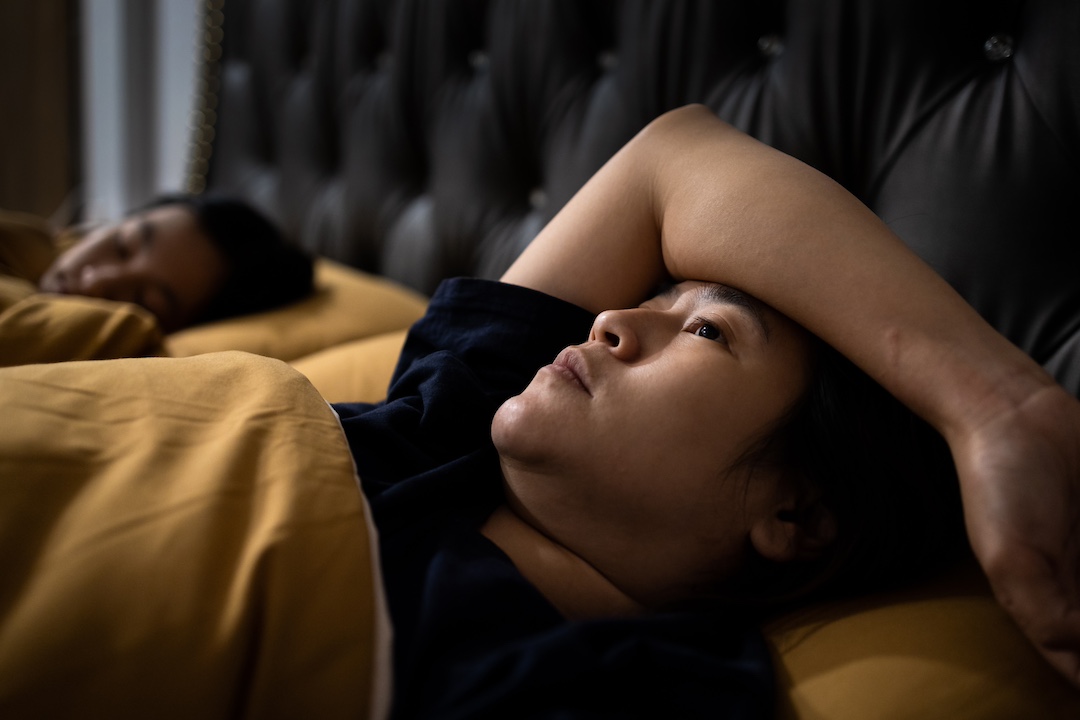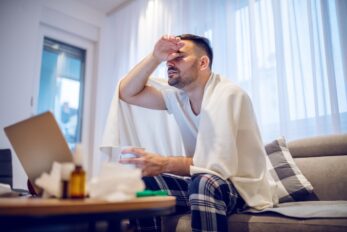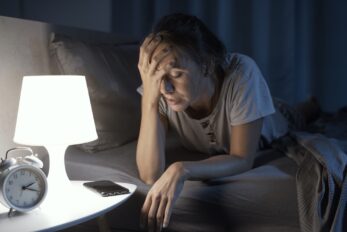As promised in last month’s blog, Snoozefest in the Bedroom?, we’re back to talk about how sleep apnea affects women, too. From low libido and changes in arousal to fatigue and dips in self-esteem, the impact on female sexual health is real. The good news? Understanding the connection is the first step toward feeling more like yourself again.
What Is Obstructive Sleep Apnea, Again?
Obstructive Sleep Apnea (OSA) is a condition where your airway repeatedly collapses during sleep, causing brief pauses in breathing—often without you even knowing.
These interruptions reduce oxygen levels, fragment sleep, and lead to a cascade of issues, from brain fog to cardiovascular strain.
While OSA is often labeled a “man’s disease,” women can absolutely have it too—it just tends to look a little different.
How Does OSA Show Up in Women?
Men with OSA typically report loud snoring, gasping, and daytime sleepiness. Women, however, are more likely to experience:
- Insomnia or disrupted sleep
- Morning headaches
- Fatigue and low mood
- Anxiety or depression
- Reduced libido
Because these symptoms are subtler and often overlap with other conditions, women are frequently underdiagnosed—or misdiagnosed with depression, anxiety, ADHD, or hormone imbalances.
The Link Between OSA and Female Sexual Dysfunction
Female sexual dysfunction (FSD) can include:
- Low sexual desire
- Difficulty with arousal
- Reduced vaginal lubrication
- Pain during intercourse
- Difficulty reaching orgasm
While many factors play a role—like hormones, stress, or medications—sleep is a surprisingly powerful contributor. Here’s how OSA may be interfering:
- Hormonal Disruption
Your body regulates essential hormones during deep sleep, including estrogen and testosterone. Poor sleep means hormonal imbalance, which can lower libido and reduce responsiveness to intimacy. - Low Energy = Low Interest
If you’re running on empty, desire naturally dips. OSA causes both physical and mental fatigue, making intimacy feel more like a chore than a connection. - Oxygen + Blood Flow
Restricted oxygen levels at night can affect blood flow to sensitive areas. And when circulation is impaired, so is arousal and satisfaction. - Mood + Mental Health
Anxiety and depression—both more common with untreated sleep apnea—are closely linked to lower sexual desire. And it’s all connected.
So… Can Treating Sleep Apnea Help?
Often, yes.
Treatment options like:
- CPAP therapy (a machine that keeps your airway open during sleep)
- Oral appliances
- Lifestyle changes (like weight loss or quitting smoking)
…can dramatically improve sleep quality, energy, mood, and even libido. It’s not an overnight fix—but it’s a strong step in the right direction.
Why It Matters
Sexual health is about more than the bedroom. It’s deeply tied to self-esteem, emotional connection, and overall well-being.
If your energy, mood, or relationship is struggling—and your sleep isn’t great either—OSA could be part of the story.
And it’s nothing to be embarrassed about. These are real, physical issues that deserve real solutions.
Final Thoughts: Sleep First, Spark Second
If you’re experiencing low energy, reduced desire, or changes in intimacy, it’s not just aging or just stress. Your sleep health could be the missing piece.
Let’s get you back to sleeping—and living—well.






